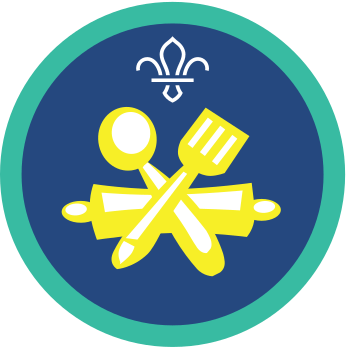The price is right
You’ll need
- Scissors
- Access to a computer
Before you begin
- The person leading the activity should use scissors to cut out the cards from the ‘Food and price cards' sheet. Pile the food cards and price cards separately. Shuffle the price cards.
- The person leading the activity should prepare some research materials about the price of food. If the meeting place has internet access and the group have mobile phones, they can use the internet for research. Check that the internet is working.
Pair the prices
- The person leading the activity should ask everyone to think about very expensive food items and very cheap food items. Split everyone into small groups and tell them to use the resources to read up on the cost of food. Those with mobile phones may use the internet, though there should be some hard-copy resources for those without internet access. Give everyone 10 minutes to do this.
- Each group should talk about the ingredients that go into making their favourite meals. Everyone should try to think about what each ingredient costs. If they don’t know, they can look it up. See if everyone can work out the total cost of the ingredients in their dish.
- The person leading the activity should go among the groups and explain that food prices depend on a number of different factors (for example, the season, the shop, whether it is fresh or frozen, where the food comes from). When everyone has an idea of what their favourite dish costs, they should now come together again as one group in the centre of the meeting space.
- The person leading the activity should give out the cut-out food and price cards. Each person should get a food item that they should hold onto for the whole activity. They can, however, swap their price card with another person’s. As the price cards were shuffled earlier, the food and price cards each person holds don’t match. Each person must try and find the right price card for their food item.
- Everyone should keep trading price cards with everyone else until the group is satisfied that they all have the right prices for their food cards. Everyone should now get in line with the person holding the lowest price card at one end and the person holding the highest price card at the other. The price cards should now be ranked from lowest to highest.
Reflection
The group has tried to work out the prices of some popular food items. Why is it important to have an awareness of how much food costs? What kinds of food were most expensive: fresh, frozen, imported or canned? How would this information help you if you were doing the grocery shopping this week, with only a small amount of money to spend?
Safety
All activities must be safely managed. You must complete a thorough risk assessment and take appropriate steps to reduce risk. Use the safety checklist to help you plan and risk assess your activity. Always get approval for the activity, and have suitable supervision and an InTouch process.
- Scissors
Supervise young people appropriately when they’re using scissors. Store all sharp objects securely, out of the reach of young people.
When everyone is stood in the line, the person leading the activity could tell them how many price cards are in the wrong hands, but not who is holding them. The group should have to work this out for themselves within the time limit for the activity. Give them some hints to speed this along.
Make it accessible
All Scout activities should be inclusive and accessible.
The group should be given a small budget to create shopping lists. In smaller groups or pairs, everyone should use the internet and their earlier research to work out how they can get all the healthy foods they need with the money they have.
Let young people choose what they think something costs. They’re more likely to remember the correct price if they’re corrected later.
